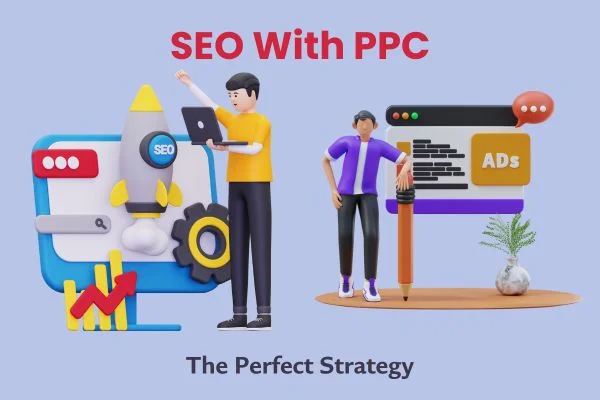Responsive designs are important to popularize any website. It makes the site highly scalable because it can be accessed on almost any electronic device like a computer, tablet, or smartphone. But it took people a while to realize the importance of this particular design technique and initially only three percent of companies adopted it. The trend has picked up now with nearly 65 percent of people using websites that are mobile intensive. The growth in computer and tablet sales is also highly responsible for this sudden spur in responsive designs. According to industry experts, more such websites will be built in the future owing to the number of advantages that it offers.
One platform for all websites Responsive websites is easier to update because they work on a single set of HTML codes and URLs. It is easier to make changes in the content through only one Content Management System (CMS). It makes the process of updating easier and all users can get access to the website through any device which increases popularity and client appeal. Websites that are particularly created for mobile devices require different landing pages for each of the campaigns but the case will not be the same if nature is responsive. Statistics show that tablets and smartphones are responsible for 60 percent of mail checking and 30 percent of search clicks. So, wing to user behavior the change is bound to be in favor of responsive websites.
Better user experience With a responsive e-commerce website, the experience of browsing and shopping is much better because the designs and content are specifically created for such customers even if they do not realize it. Many websites are created to search rather than navigate but for all customers, user-friendliness is of primary importance rather.
Cost-effectiveness The best part of building a responsive website is the cost advantage because you will be building only one site for all devices. Dual web addresses are necessary for websites that can be used for desktops as well as smartphones. Also, the two websites will cost more than one. Besides, in the case of Search Engine Optimization (SEO), responsive designs are most useful since all visitors will come to only one website and can be counted easily.
Low webpage loading speed People hate to stare at the mobile or computer screen waiting for the page to load. Slow speed, therefore, makes most browsers impatient and various surveys have proved that. With responsive websites, the process gets even slower as all the content is downloaded from the HTML files which are universal and being used on other devices as well. They also give a better smartphone experience but additional scripts are necessary to see the additional content.
Designing constraints Designing web pages for responsive websites is not easy because they have to fit on the screens meant for smartphones and also draw the attention of customers.

Written by: Jitendra Raulo
Jitendra Raulo is the Founding Director at Aarav Infotech India Pvt. Ltd., a leading Web Design and Digital Marketing Company with 11+ years of experience and having headquarter in Mumbai, India, and Support Centre at Bhubaneswar, India, he is actively working with Start-ups, SMEs and Corporations utilizing technology to provide business transformation solution.











